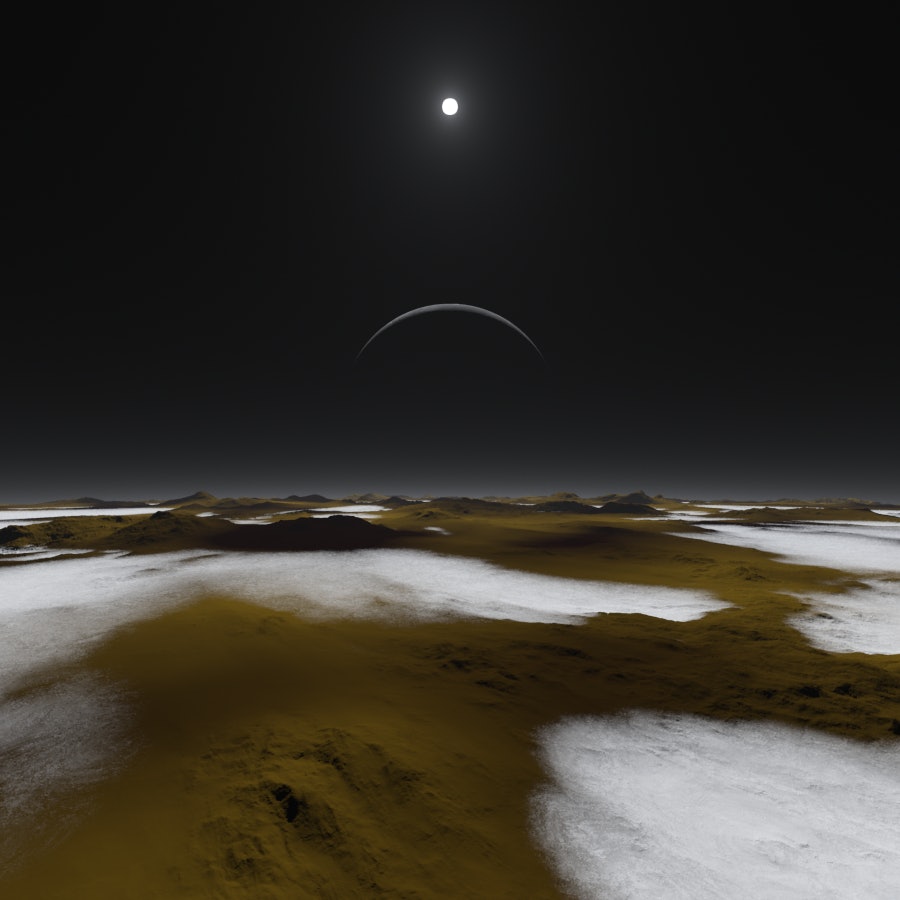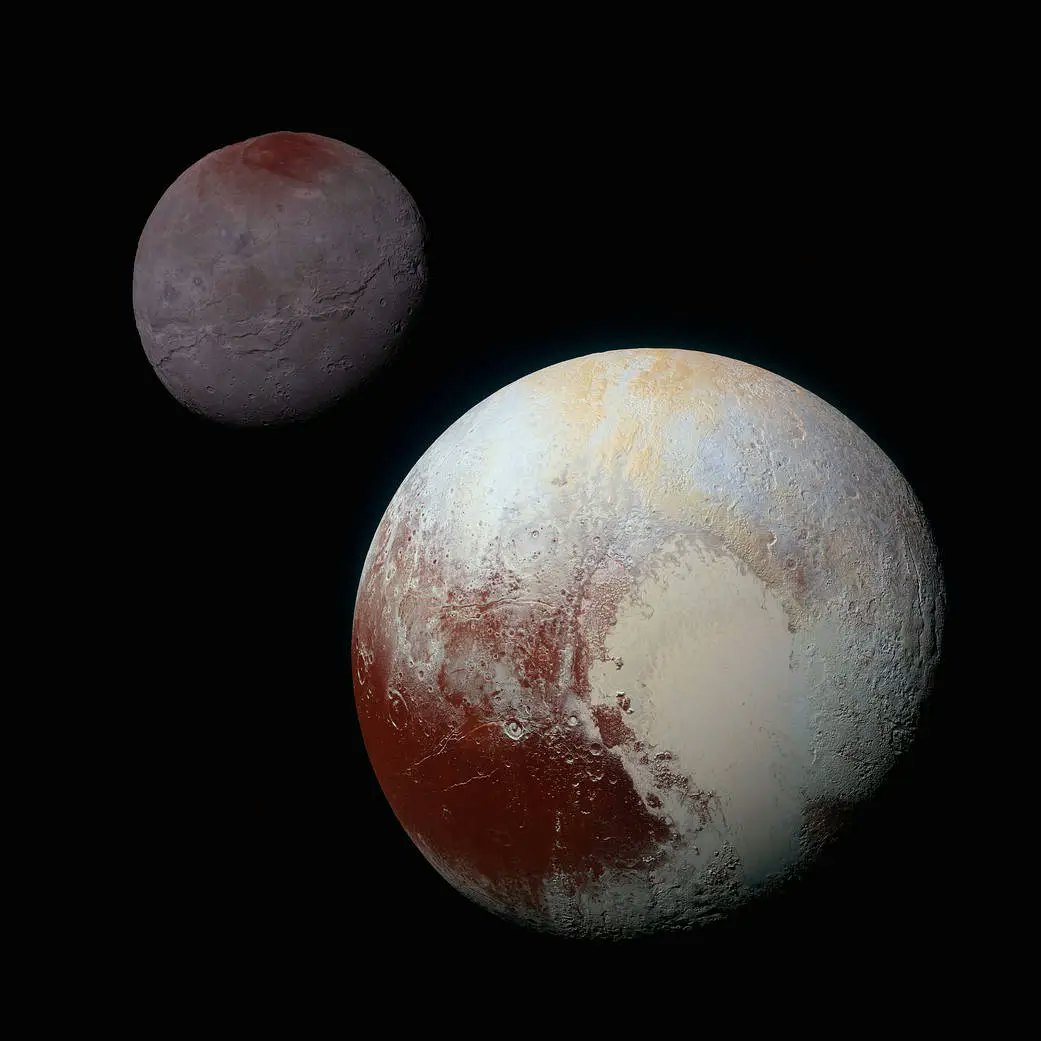
One of humanity’s best telescopes, the James Webb Space Telescope (JWST), recently spied on Charon — the largest moon of Pluto, which is the reigning king of trans-Neptunian objects (TNOs) that got overthrown from its planet status in 2006.
NASA’s New Horizons space probe flew by Pluto and Charon back in 2015. But there were still many questions unanswered about the former planet and its moon. Now, a study published Tuesday describes JWST’s newest findings: A special instrument on the telescope found evidence that Charon contains hydrogen peroxide, likely formed as the Sun sprayed energetic particles, in the form of solar wind, and ultraviolet light onto Charon’s ice-rich surface. Cosmic rays, which rained down from other corners of the Milky Way galaxy, seem to have broken up Charon’s ice.

Scientists also discovered carbon dioxide on Charon. It sits as a solid “veneer” atop the icy surface, according to a statement from the Southwest Research Institute (SwRI), whose researchers worked on the new paper, published in the journal Nature Communications.
“The detection of carbon dioxide was a satisfying confirmation of our expectations,” says Silvia Protopapa, the lead author of the paper and a principal scientist at the Southwest Research Institute’s Boulder, Colorado office. “Our analysis demonstrates that the surface of Charon preserves records from both formation and irradiation processes. These results represent a benchmark for detailed studies of midsized TNOs beyond Neptune.”
Charon exists in a special place
The Kuiper Belt is a frigid locale beyond Neptune’s track around the Sun. It’s a reservoir for the leftover building blocks of the Solar System. Charon is one of its most interesting habitants.
The discovery of carbon dioxide and hydrogen peroxide for the first time on Charon is one less mystery that the Solar System’s hinterland harbors.
In the past, scientists have described the Kuiper Belt as a “graveyard.” It’s an ever-fascinating place because many residents have been minimally altered over the last several billion years.
In 2022 and 2023, scientists used JWST’s Near-Infrared Spectrograph to capture what they describe as “full coverage” of Charon’s northern hemisphere. The instrument divides light into its individual colors to determine what material is interacting with the light. When this spectroscopy is blended with laboratory measurements, and compared to JWST’s observations of an icy moon around Jupiter called Europa, the team could finesse their conclusions about what made the light signatures JWST saw.
“The advanced observational capabilities of Webb enabled our team to explore the light scattered from Charon’s surface at longer wavelengths than what was previously possible, expanding our understanding of the complexity of this fascinating object,” Ian Wong, paper co-author and a staff scientist at the Space Telescope Science Institute, said in the SwRI announcement.
For researchers, Charon is just the beginning. Pluto has four other moons: Nix, Hydra, Styx, and Kerberos. “Webb is opening a vast new frontier, allowing us to detect, for the first time, complex molecular species on the surfaces of vastly different icy bodies,” says Noemi Pinilla-Alonso, a co-author of the paper and a planetary scientist at the University of Central Florida’s Space Institute. “We can now begin to unravel the processes that have shaped — and continue to transform — the colder regions of our Solar System.”







